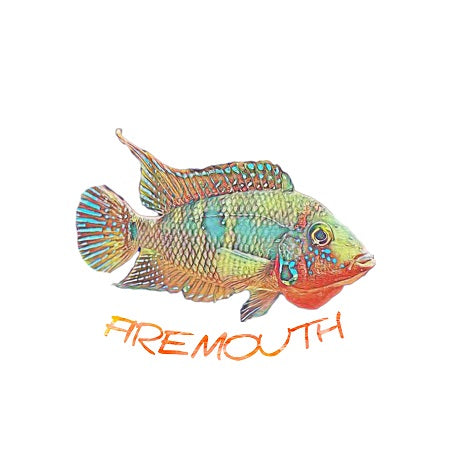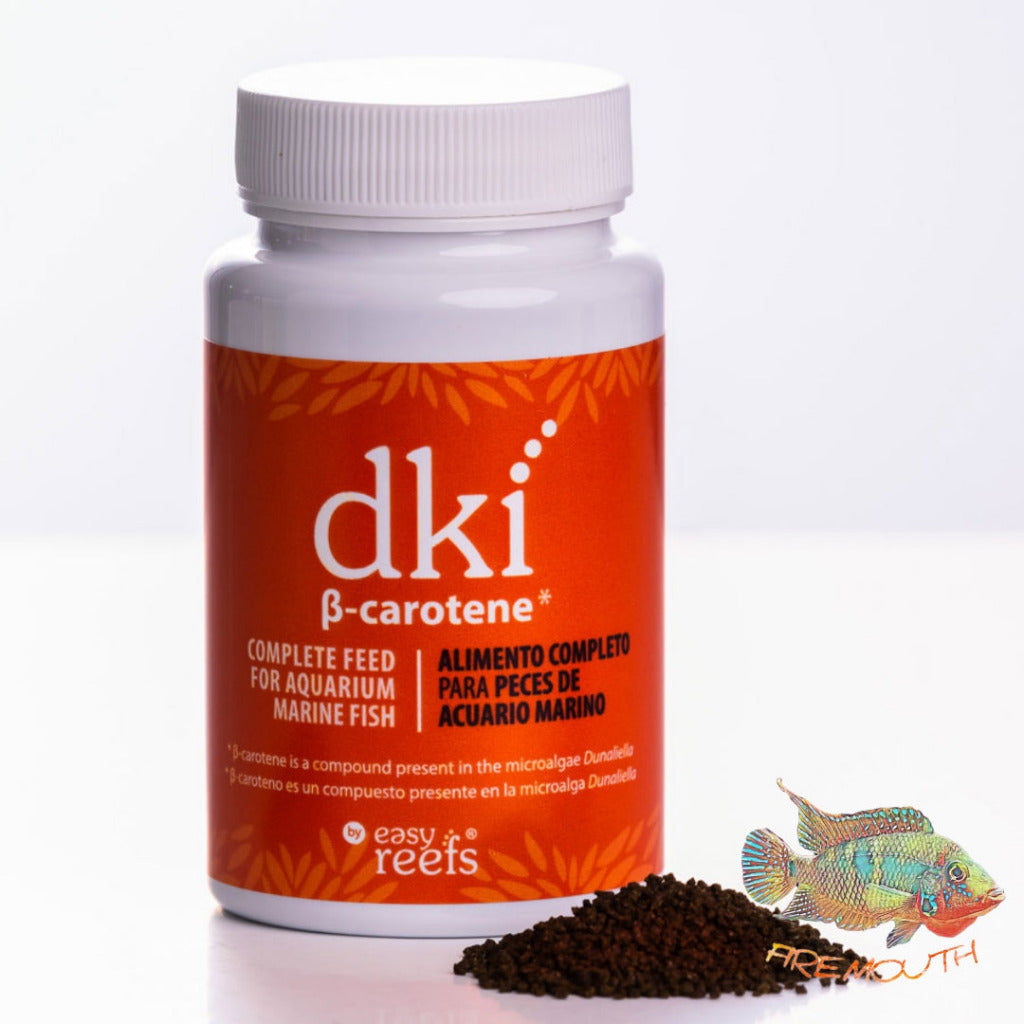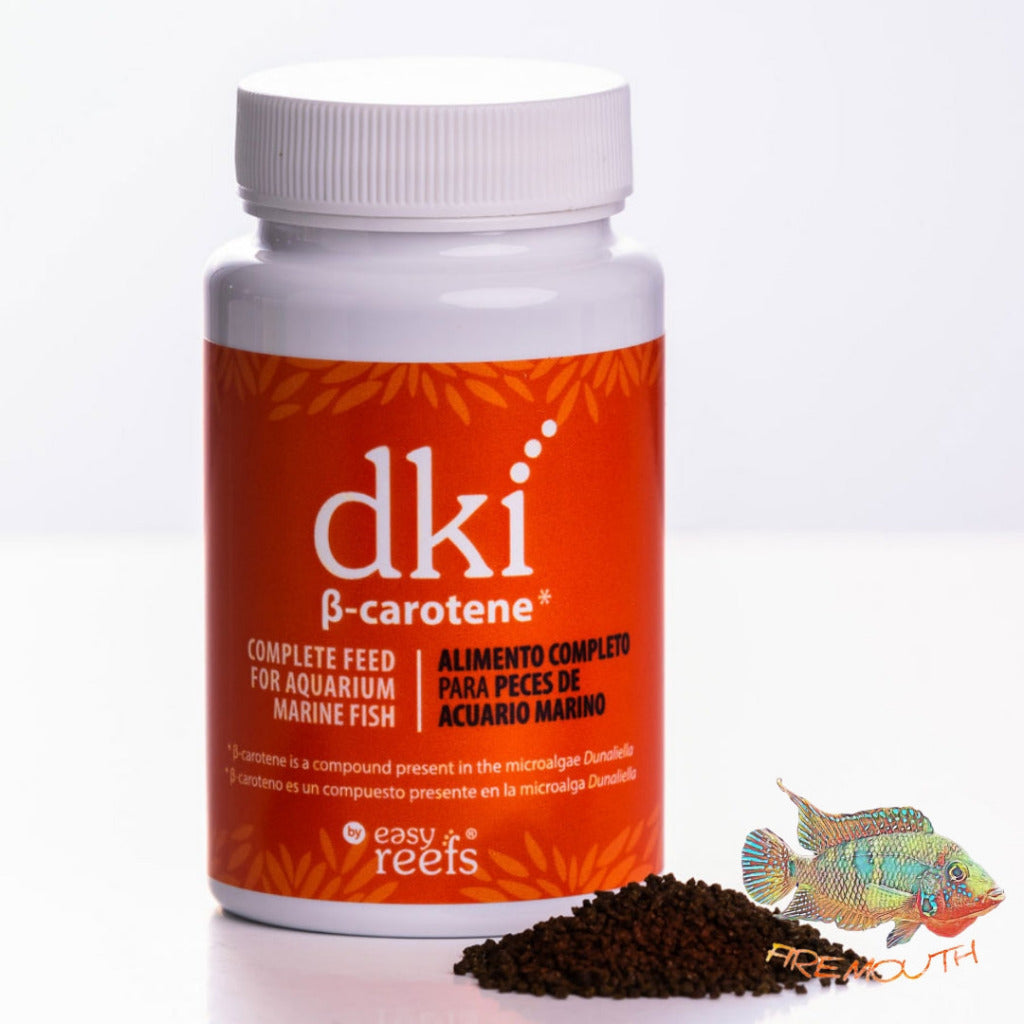In general, the pigments involved in fish color are melanin, guanine and carotenoids.
Melanin and guanine can be produced by most fish and therefore do not need to be supplemented in the diet, but fish are unable to synthesize carotenoids de novo and so these pigments have to be obtained through from the diet. In this scenario, the microalgae Dunaliella and Haematococcus represent natural sources of two main carotenoids, β-carotene and astaxanthin, respectively. These two pigments are responsible for the pink/orange/reddish skin pigmentation in a wide range of fish species, both farmed and aquarium, as has already been demonstrated following dietary supplementation in commercially important fish. Furthermore, the high effectiveness of Dunaliella and/or Haematococcus in natural color improvement is based on a series of scientific studies carried out on the most prominent aquarium fish species.


